
®
SHIPSPOTTING.COM
WELCOME TO SHIPSPOTTING.COM
IRENA DAN - IMO 7410785
Photo
details
Photographer:Paul Tunney [ View profile ]
Captured:Nov 1, 1981
Title:Irena Dan
Location:Liverpool, United Kingdom
Photo Category:Bulkers Built 1971-1980
Added:Jun 27, 2020
Views:830
Image Resolution:3,088 x 1,696
Description:
Built 1977 Builder VEROLME SHIPYARD HEUSDEN, NL
NRT 28018 GRT 39366 DWT 72374
Berthed at West Gladstone Dock, cargo of grain.
Vessel
particulars
Current name:LILY STAR
Former name(s):
- Glory Tianjin (Until 2008 Oct)
- Pontos (Until 2007 Jan)
- Standard Valor (Until 2002 Jun)
- Nightlight (Until 1994 Nov)
- Arrow Peak (Until 1989 Apr)
- Heritage (Until 1988)
- Irena Dan (Until 1983)
Vessel Type:Bulk Carrier
Gross tonnage:39,316 tons
Summer DWT:72,311 tons
Photos:12 photos by 7 photographers
AIS Position
of this ship
There is no AIS Position Data available for this ship!
Would you like to add AIS Coverage?

Photo
Categories
This ship exists in the following categories:
Bulkers built 1971-1980 - 12 photos
Photographers
of this ship
(7)
1 photos
3 photos
1 photos
1 photos
2 photos
1 photos
3 photos
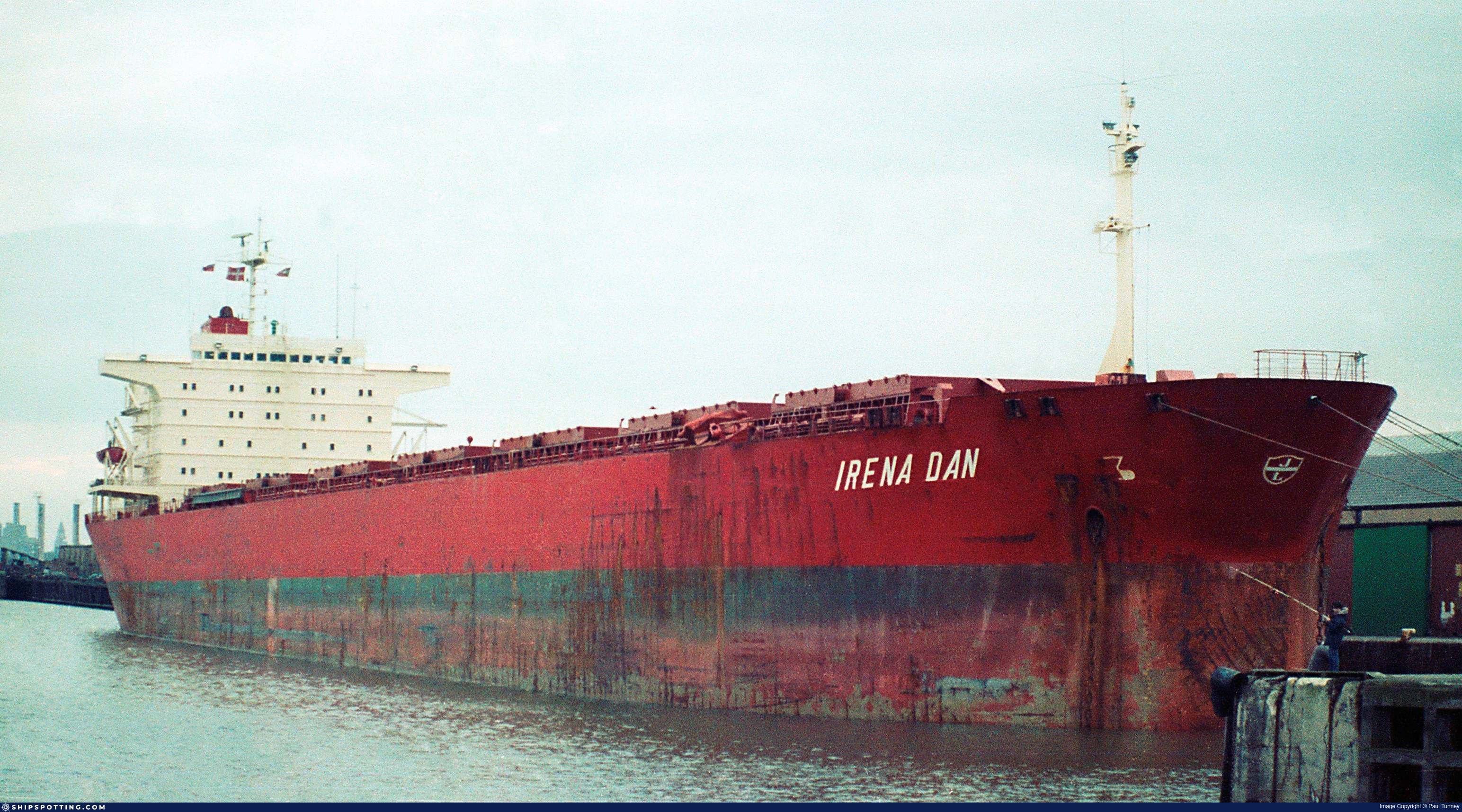

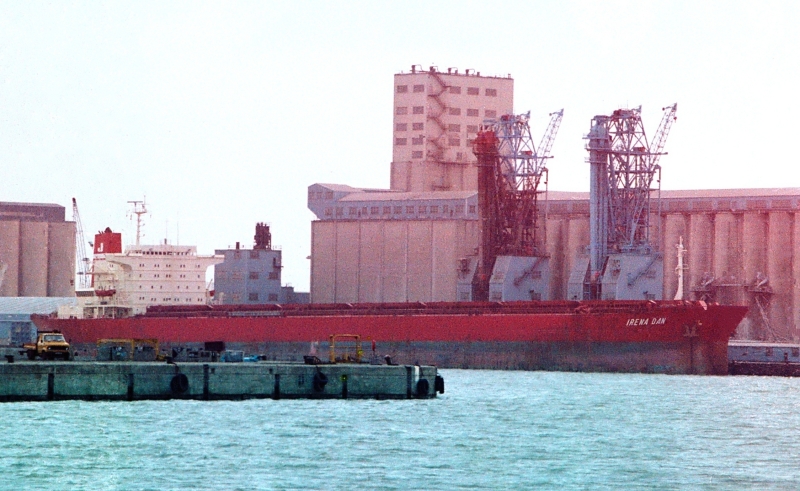
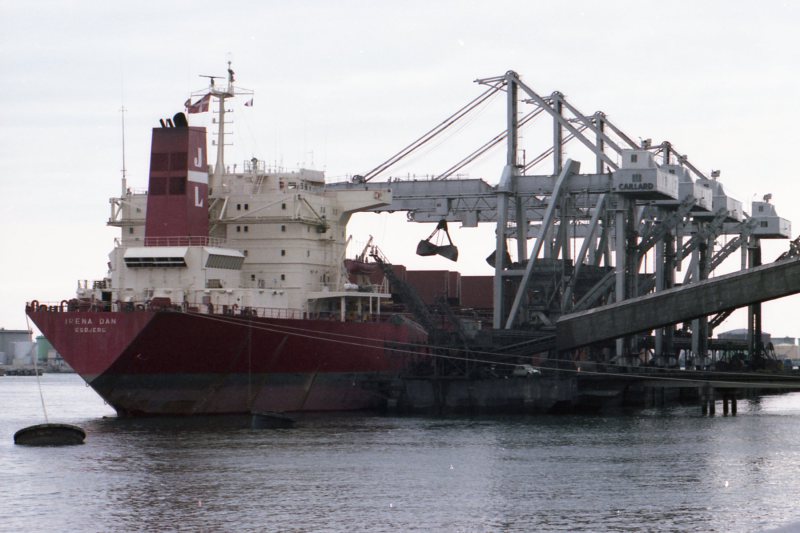
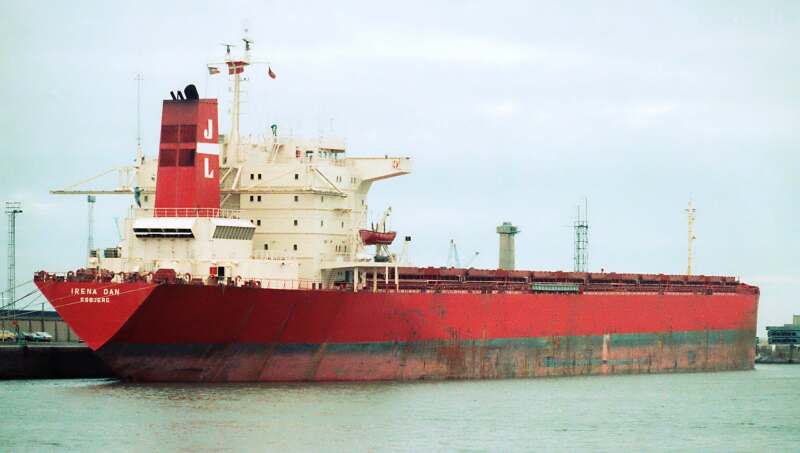
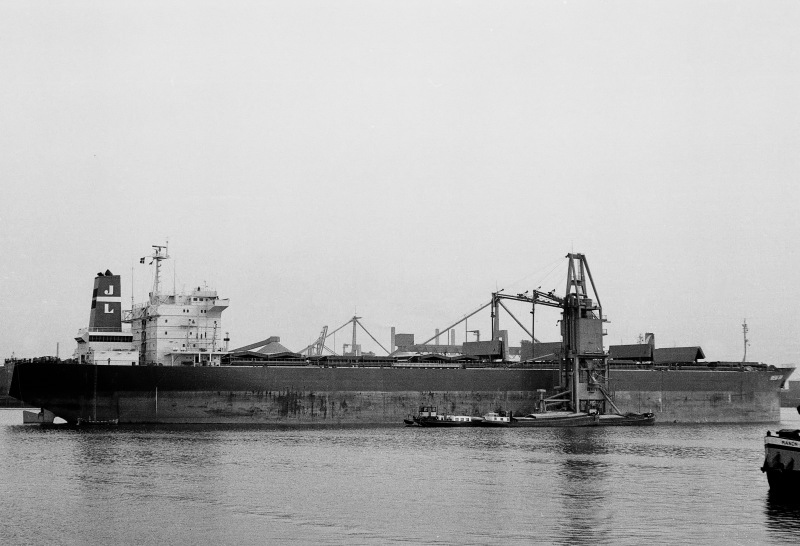
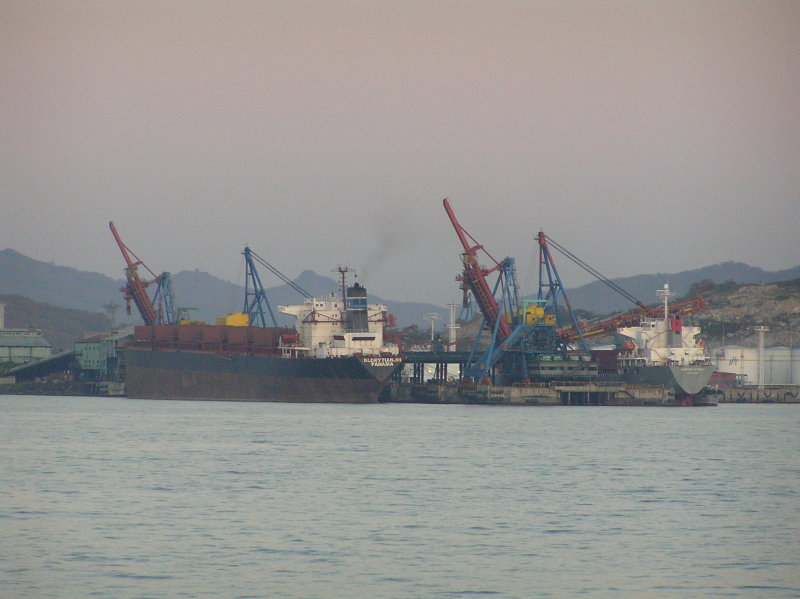
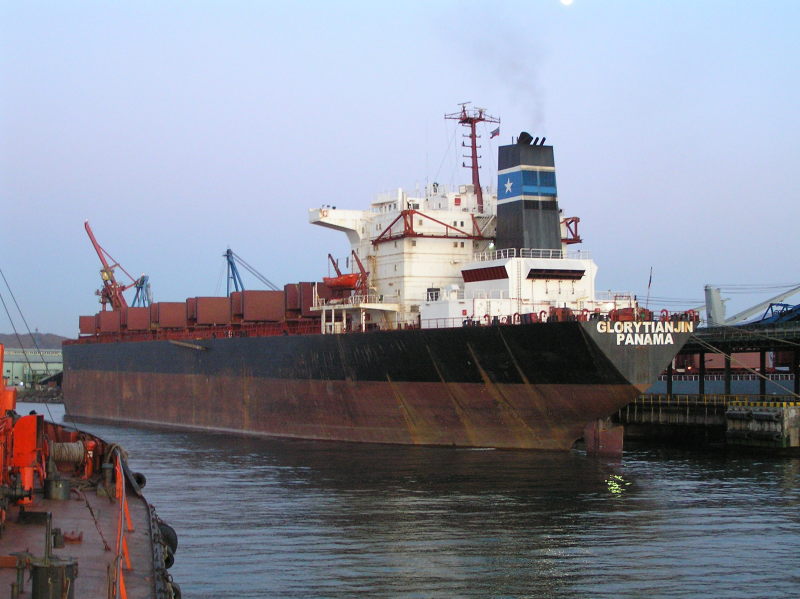
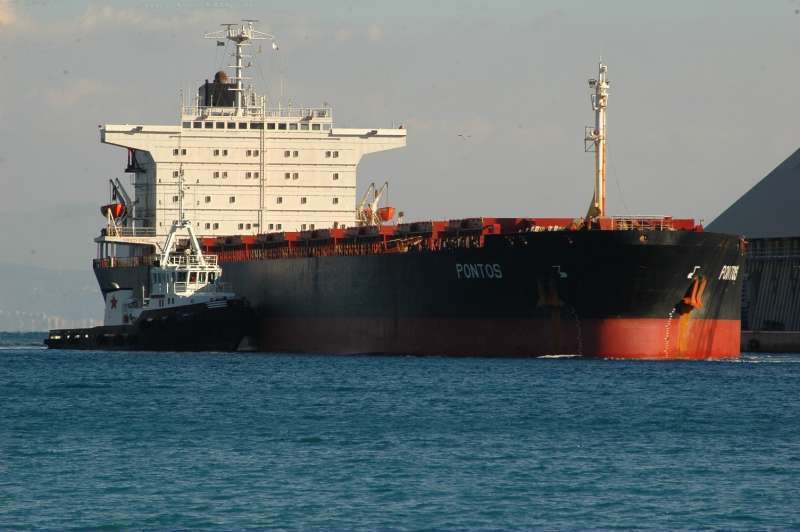
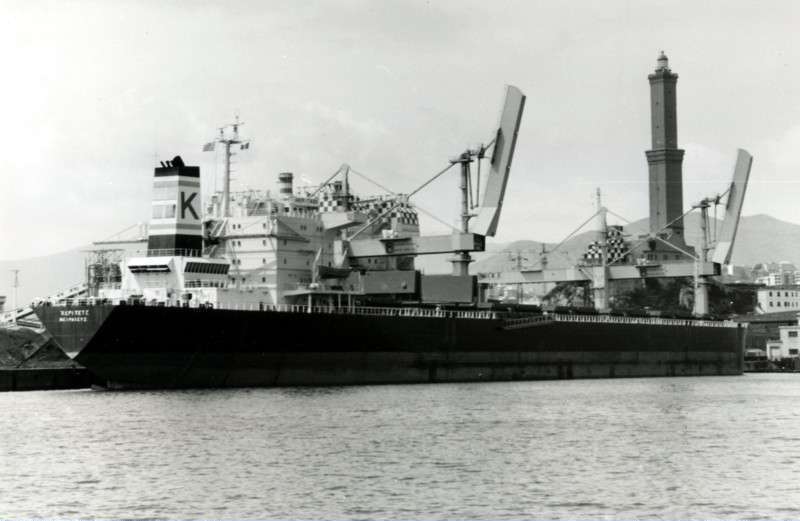


COMMENT THIS PHOTO(6)
I found your message regarding Shell's STS ops of interest.
I can answer your question(s) regarding the seemingly 'small-time' lightening of some ships.
After development of the techniques, all the lightenings did, of course, have to be necessary and profitable.
The varying size of the larger crude oil ships reflected the differing sources of crude oil, and hence, their differing chemical properties for refining and thus, destinations. Every crude oil, even from adjoining fields, has differing composition and characteristics.
Not all of the lightenings were due to restricted drafts at subsequent discharge ports for the larger ships.
Time erodes the memory a little but, as an example of requirements, the Shell UK & Dutch 'O' class vessels (and many more ships of that approximate size (> Circa.80,000 dwt.) were the largest ships that could load at Puerto Miranda in Venezuela.
Some of Venezuela's oil types were very high quality and were to be delivered to smaller refineries around the UK and near continent, such as those at Shell Haven, Stanlow, Ardrossan, Whitegate in Ireland and so on.
These smaller refineries either did not need, or could not handle larger quantities. I know not which.
So it was a case of required demand and supply.
i.e. 'Halia' would deliver about 18,000 tons at a time.
Furthermore, loading of VLCC's in say, the Persian Gulf or West Africa, often included two or more loading locations, not because of lack of oil, but in order to bring to the refining markets, two different crude oils for slightly differing end products.
Certainly some crudes will be more predisposed to make certain end products. The cost and complexity of refining oil to meet continuing, exact specifications can only be guessed at!
I recall the 'Pacific Glory' incident and lightenings, but it was just a year before my time.
Regards, Rick
Edit
comment
I grew up in Teignmouth and watched the oil transfers with great interest. Firstly, when Shell ran the sea-water tests with the DRUPA and Macoma, right through to the NISO/BATILLUS. One thing I never understood was why the transfers with the HALIA with the likes of OLIVA, ONOBA, and BERGE BERGESEN took place. I understood that the VLCC transfers were initially because the ports and their entrance channels were not dredged sufficiently, but not sure the same reasoning applied to the HALIA's customers.
It's worth mentioning that the expertise with the HALIA paid dividends when she took part in the salvage operation of the PACIFIC GLORY off the Isle of Wight after her collision with the ALLEGRO.
Keep safe and well, best regards
Tom
Edit
comment
I was on the Halia twice, we were frequently delivering fuel oil stock (from lightened ships, usually in Lyme Bay) to Stanlow for refining.
Edit
comment
Thanks for the background on Irena Dan, I did'nt realise Cork had its own shipyard and on checking it out, it sadly closed in 1984.
I remember the Halia was a regular on the River Mersey, calling at Tranmere oil terminal or QE2 Dock Eastham.
Edit
comment
Sometime in May 1977 I was tank cleaning alongside at Falmouth on Shell's HALIA when, one morning, the brand new & shiny 'Irena Dan' appeared in drydock nearby.
I enquired and discovered that she was dry-docked prior to delivery by Verolme Cork Dockyard.
I seem to recall that the Cork yard was a slipway (can anyone confirm please?) and pre-delivery, she required bottom painting and/or under waterline attention.
After this was completed the vessel returned to Cork for final finishing, then delivery.
At that time I had no idea of the Cork shipyard's existence. She was the largest vessel built there.
Keel laid on 24/01/1976, launched on 17/01/1977 and completed on 07/06/1977 by Verolme Cork Dockyard, Cork, Ireland (26/902)
39,366 g.t. and 72,374 dwt., as:
'Irena Dan' to 1983,
'Heritage' to 1988,
'Arrow Peak' to 1989,
'Nightlight' to 1994,
'Standard Valor' to 2002,
'Pontos' to 2007,
'Glory Tianjin' to 2008 and
'Lily Star' until sold to Bangladesh for demolition.
Arrived Chittagong on 27/02/2009, beached on 15/03/2009.
Edit
comment
Edit
comment